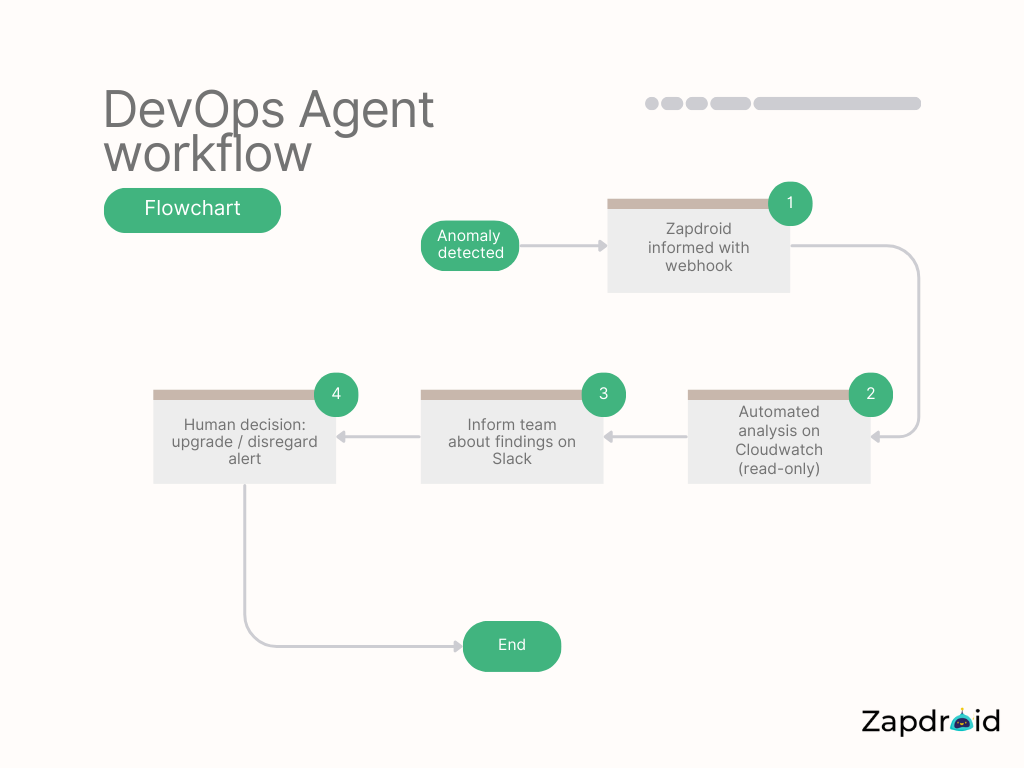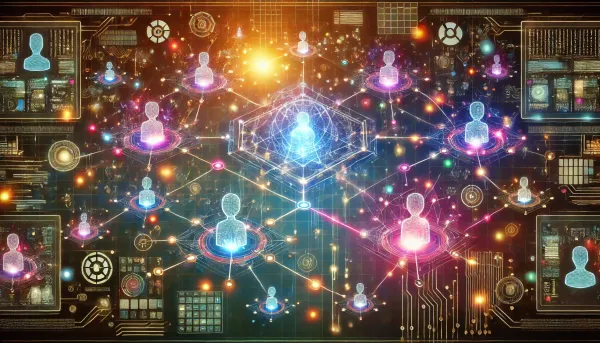Thinking Fast and Slow, LLM edition

In his book, Thinking, Fast and Slow, Daniel Kahneman explores the dual processes that govern human thought: System 1, which is fast, intuitive, and emotional, and System 2, which is slower, more deliberate, and logical. These concepts of human cognition can also be applied to AI, particularly when interacting with a vanilla LLM, where you are primarily relying on System 1-like processes. You might get a great answer, but this response is often based on surface-level patterns and quick heuristics, not deep analysis.
To overcome this limitation, we can design systems that not only answer the first thing that comes to their digital minds but also pause to consider the context, break down complex queries, and seek additional information if needed. These enhanced systems combine the speed of System 1 with the depth of System 2, enabling more accurate, thoughtful, and reliable responses—especially when tackling multifaceted problems that require more than just a surface-level understanding.
Until this point, our computers were logical, deterministic, and fundamentally rule-based. They followed predefined algorithms to arrive at precise outcomes, leaving little room for intuition or flexibility. However, with the advent of LLMs and AI agents, we're witnessing a shift towards systems that can mimic the more fluid and adaptive thinking processes of humans, blending the deterministic nature of traditional computing with the probabilistic and heuristic-driven approaches seen in human cognition.
Such systems allow an LLM to switch between "fast" and "slow" thinking modes—quickly processing simple queries but engaging in more thoughtful analysis when faced with complex tasks. This dual-mode capability is essential as we move into 2024, a year predicted to be dominated by AI agents. These agents will need to combine the intuitive, rapid responses of System 1 with the careful, deliberate reasoning of System 2, leveraging tools like retrieval-augmented generation (RAG) and programmatic control logic to achieve accurate and contextually appropriate outcomes.

Practical Applications of AI Agents
AI agents, designed to think both "fast" and "slow," open up a wide range of practical applications. For instance, in customer service, AI agents can quickly handle routine inquiries (System 1) such as answering FAQs, resetting passwords, or providing order statuses, ensuring efficiency and speed in interactions. However, when a customer presents a more complex issue—like troubleshooting a unique problem, understanding a nuanced complaint, or customizing a service—these AI agents can shift to a "slow" thinking mode (System 2). Here, they draw on deeper reasoning, access external databases, and even consult historical data or specialized knowledge bases to craft tailored responses that address the specific needs of the customer.
This ability to seamlessly transition between modes not only enhances customer satisfaction by providing accurate and contextually relevant support but also allows businesses to scale their operations without sacrificing quality. Moreover, by offloading routine tasks to System 1, human agents can focus their attention on cases that genuinely require human judgment, making the entire customer service ecosystem more efficient and effective.
Using Zapdroid, clients are beginning to utilize agents-based systems in DevOps and cybersecurity already. By connecting an agent to CloudWatch logs and linking it to anomaly detection alarms that trigger an LLM, one of our bots can automatically identify what went wrong about 50% of the time. Given that 50% is not a lot, but it represents a significant step forward in automating complex troubleshooting processes. This capability frees up human experts to focus on the most challenging problems while allowing the system to handle more straightforward issues autonomously. As the technology evolves and the agent’s accuracy improves, this percentage is expected to rise, potentially transforming the efficiency of incident response and resolution in DevOps and cybersecurity.

Another use-case that we are actively exploring is the application of AI agents in creative industries. These agents can assist in content creation by generating initial drafts of articles, scripts, or marketing copy quickly and efficiently (System 1). Then, they can shift to a more thoughtful and analytical mode (System 2) to refine the content, ensuring it aligns with brand guidelines, tone, and audience expectations. This approach not only accelerates the creative process but also allows human creators to focus on the strategic and artistic elements, enhancing the overall quality and impact of the work. Whether it’s in writing, design, or multimedia production, AI agents are poised to become invaluable collaborators in the creative field.
Think of creating a YouTube short—it's not just about capturing a quick video. You need to brainstorm a catchy idea, film it with the right angles and lighting, then edit it down to a punchy, engaging clip that grabs attention in seconds. AI agents can streamline this process by generating content ideas, optimizing the script, and even suggesting the best editing cuts, allowing creators to focus on the creative vision.
As video generation models like DALL-E and Runway Gen-2 get better and better, we might even remove the need for manual filming and editing entirely. These AI-driven tools could automate the entire video creation process, from concept to final cut, enabling creators to produce high-quality content with minimal effort.
So I made a 100% AI YouTuber with https://t.co/1vEawpI5vb + Flux + @Kling_ai + @synclabs_so pic.twitter.com/g0CaAjBKc2
— @levelsio (@levelsio) August 10, 2024
Challenges and Limitations
Although we continue to explore some great use cases that offer huge value, it's not without its limitations. AI agents, while powerful, still face significant challenges, such as the risk of generating inaccurate or biased content, especially when dealing with nuanced or sensitive topics. Additionally, these systems often require extensive computational resources and ongoing fine-tuning to maintain performance, which can be a barrier for smaller organizations. Moreover, there is always a need for human oversight to ensure that AI-driven processes align with ethical standards and creative integrity.
One notable challenge with AI agents is the "LLM in a loop" problem. This occurs when a large language model (LLM) becomes stuck in a repetitive or recursive loop, generating responses that lack context or diverge from the intended outcome. This issue often arises when the model is tasked with solving complex problems that require multi-step reasoning or when it fails to recognize that its previous output is flawed. Imagine your cloud bill skyrocketing because an AI agent got stuck in an endless loop of querying and reprocessing the same data, continuously consuming resources without producing a useful result. Such scenarios highlight the need for robust safeguards and monitoring to prevent these costly inefficiencies.
This is not just an isolated problem; other issues can arise as well. For instance, AI agents might generate outputs that are contextually irrelevant or even harmful if not properly guided, especially in sensitive applications like healthcare or finance. We are building systems that aim to mitigate these issues by incorporating intelligent monitoring, feedback loops, and fallback mechanisms.
Closing Thoughts
As we stand on the brink of a new era in AI, the integration of fast and slow thinking modes within AI agents marks a significant leap forward. These systems have the potential to revolutionize industries by combining the speed and efficiency of rapid responses with the depth and accuracy of thoughtful analysis. However, the journey is not without its challenges. Ensuring these agents operate ethically, effectively, and within the bounds of human oversight will be crucial as we navigate this evolving landscape.
At Zapdroid, we are committed to pushing the boundaries of what AI can achieve while remaining mindful of the responsibilities that come with such powerful technology. The future of AI lies not just in advancing capabilities, but in creating systems that enhance human potential, solve complex problems, and ultimately make the world a better place. As we continue to explore these possibilities, the collaboration between humans and AI agents will be key to unlocking their full potential.
ps. Zapdroid supports both short-term and long-term memory, try it out today!

